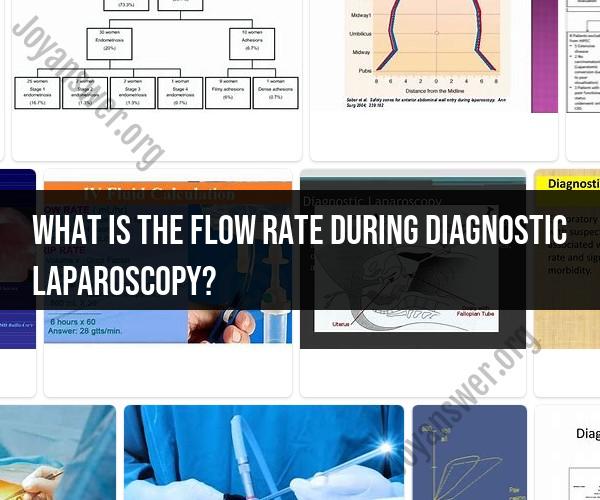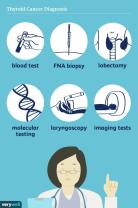What is the flow rate during diagnostic laparoscopy?
The flow rate during a diagnostic laparoscopy can vary depending on the specific procedure being performed, the type of equipment used, and the surgeon's preferences. Diagnostic laparoscopy is a minimally invasive surgical procedure used to visualize and inspect the abdominal and pelvic organs using a laparoscope, a thin and flexible camera inserted through a small incision.
During a diagnostic laparoscopy, a carbon dioxide (CO2) gas is commonly used to inflate the abdominal cavity, creating a space for better visualization of the organs. This process is known as insufflation. The flow rate of the CO2 gas during insufflation is usually controlled and monitored to ensure patient safety and maintain optimal visualization. The typical flow rate during diagnostic laparoscopy can range from 1 to 2 liters per minute (L/min) or even higher, depending on the surgeon's preference and the patient's condition.
Factors that influence the choice of flow rate include:
Patient's Body Size and Condition: The flow rate might be adjusted based on the patient's body mass index (BMI), overall health, and medical history.
Type of Procedure: Different laparoscopic procedures might require different flow rates. For instance, more complex procedures might require higher flow rates to provide adequate space for visualization and manipulation.
Patient Positioning: The patient's positioning during the procedure can affect gas distribution and flow rate requirements.
Equipment and Instruments: The laparoscopic equipment and instruments being used can influence the optimal flow rate for insufflation.
Surgeon's Preference: The surgeon's experience and preferences can also play a role in determining the flow rate. Surgeons may adjust the flow rate during the procedure to optimize visualization.
It's important to note that patient safety is a top priority during diagnostic laparoscopy. Monitoring of the patient's vital signs, including heart rate, blood pressure, and oxygen saturation, is critical throughout the procedure. The flow rate of the CO2 gas is managed in a way that maintains a safe intra-abdominal pressure while providing the surgeon with a clear view of the organs.
As medical practices and technology evolve, the specific flow rates used during diagnostic laparoscopy may vary. Therefore, for accurate and up-to-date information, it's recommended to consult with a qualified healthcare professional or surgeon who is familiar with the latest guidelines and practices related to diagnostic laparoscopy.












